Spotlight: Race to Place in a Mock Case
Friday, September 6, 2019
One week into the school year, the Krannert Graduate Student Association provided an opportunity for students to participate in a mock case competition, targeted at first-year students in order to gain familiarity with case competitions. Case competitions provide real-world scenarios, allowing students to come up with solutions and pitching their ideas to a panel.
Being a first-year MBA student, I was interested to participate right away. I had previous experience with case competitions at my undergraduate institution, Peru State College, where I competed in Phi Beta Lambda, however, these case competitions were very short in nature and could nearly be described as impromptu. Coming into the morning of the event, over 100 students gathered awaiting team assignments for the mock case competition, and the case itself. Teams of 4 or 5 were allowed 2 hours to read the case, come up with a solution, create a presentation for their solution, and submit presentations. Once the presentation was submitted, no changes could be made for the presentation and all teams could do was prepare for their 12-minute presentation to the panel of judges.
9 a.m. rolled around, and at an instant, emails were sent to every participant with teams, the case, and rules for the case competition as well as everyone divided up to meet with their team and go over the case. I quickly went into the room assigned to my team, team 15, and started diving through the case. The case was focused on a small company selling pet products, and the company wanted to ramp up its business at a quick pace. The case presented a handful of different options that the company could pursue to increase business, as well as ample information around current and projected financials. As a team, we read through the case, took notes, and found it to already be 9:30 am. Our discussion began, and we quickly tried to narrow down the options we didn’t want to pursue in order to dedicate more time to what we thought would be a good option. Then we made the difficult decision on the exact strategy we were going to pursue by 10 a.m., and with an hour left we began creating the presentation and deep-diving for additional research, fueled by excitement and adrenalin. We used every minute we could to gather material and the presentation ended up getting submitted at 10:59 a.m.
As we went to present, we learned the presentation was broken into three segments, the first segment where we presented our material (12 minutes), then a second segment for Q&A from the judges (4 minutes) and the last section for feedback. As a team, we utilized the full 12 minutes provided explaining all facets of our strategy such as our marketing campaign, the brand image we were targeting, our customer target market, beliefs of those customers, pricing strategy, product assortments, and an overall short- and long-term strategy for the brand. Upon calling for time, the judges only had one question to ask and had overall good feedback, leaving our team feeling good about our performance.
After our presentation, we sat down and debriefed as a team while we waited for the judges to announce the winners. Our team said the day felt adrenalin-filled as we fought the clock for the case, and we recapped on how much fun we all had. At the beginning of the day, most of our team had never met, and by the end of the day, we were talking as if we’d been good friends all along.
Then, the judges came out. They discussed the good and bad things that they had seen from the day in order to help everyone grow, followed by bringing the first-place certificates up to the front of the room. Our team (team 15) waited anxiously, hoping the good remarks from our presentation would be enough. The judges concluded the exciting event by saying, “And the winner is… team 15”.

